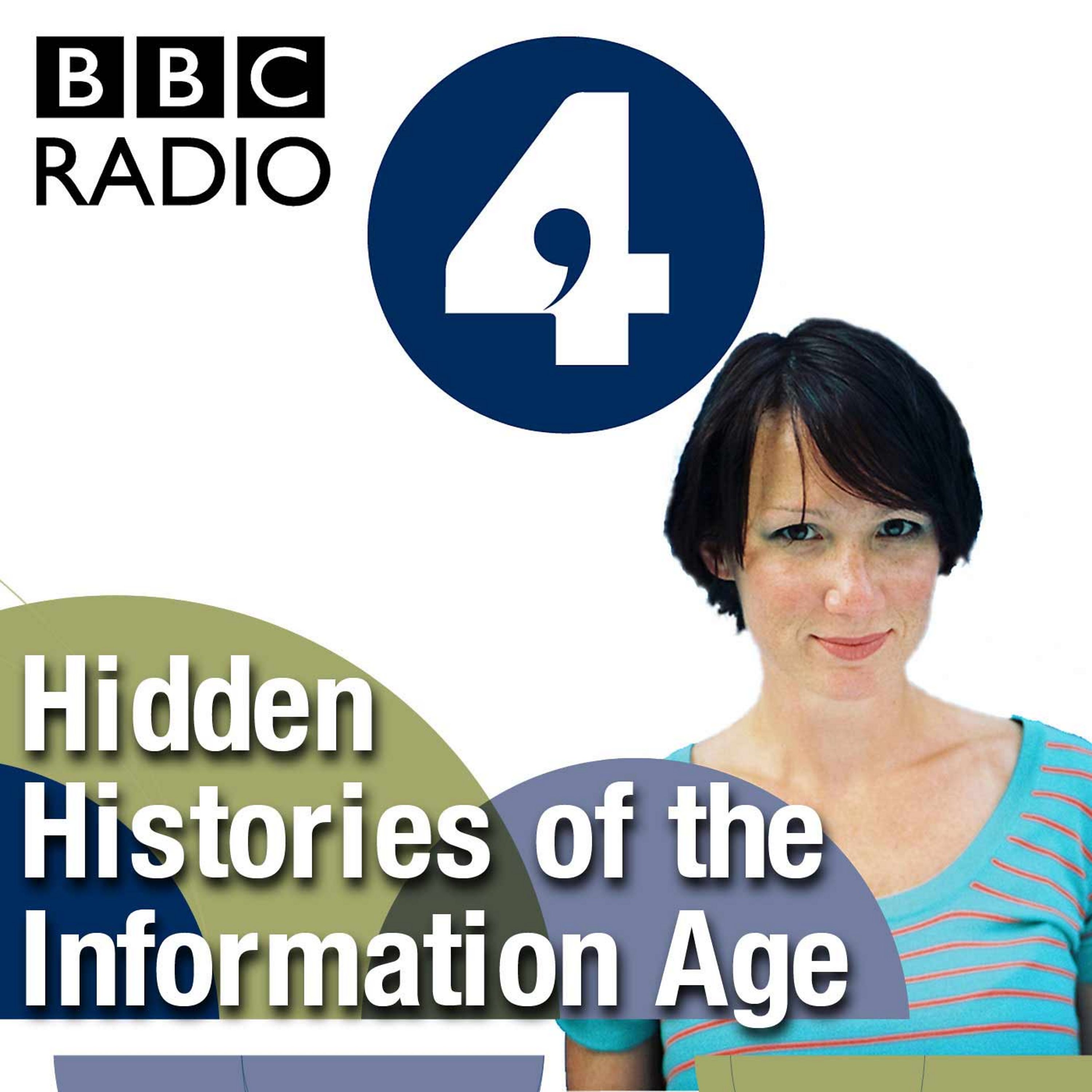Our World
Description
On June 25th 1967, 400 million people across the globe watched a ground-breaking TV show. It was called, in English, OUR WORLD and it was a feat beyond technological imagination: it was the first programme that linked up countries live by satellite. So everyone was watching what was happening on the other side of the world - or possibly next door - at the exact moment in time when it was actually happening.
In our modern, 24-hour news world, it's hard to understand just how monumental this was, both technologically and politically. It was the golden age of television. Youth culture had a voice that was about to get much louder. International diplomacy was stretched to breaking point. And our world was rapidly shrinking.
Aleks Krotoski tells the story of how the programme came about. She talks to curators from the Science Museum.
The yellowing pages of Our World's original script is one of the exhibits in the new Information Age gallery at the Science Museum. It tells the story of the evolution in how we communicate with one another. The objects in the exhibition represent cultural moments from the last 200 years - not just technological innovations.
More Episodes
Published 10/24/14
Soldiers traditionally learned to find their way around with a compass and a map. Aleks Krotoski explores how GPS transformed navigation during the first Gulf War in 1991.
An early brick sized GPS device is on display in the 'Information Age' gallery at the Science Museum in London. This gallery...
Published 10/24/14
The company that brought computers into business was Lyons, known for its cakes and teashops. Aleks Krotoski tells the story of how this technology transformed office work.
One element of the first Lyons Electronic Office, or LEO, computer is on display in the 'Information Age' gallery at the...
Published 10/23/14


